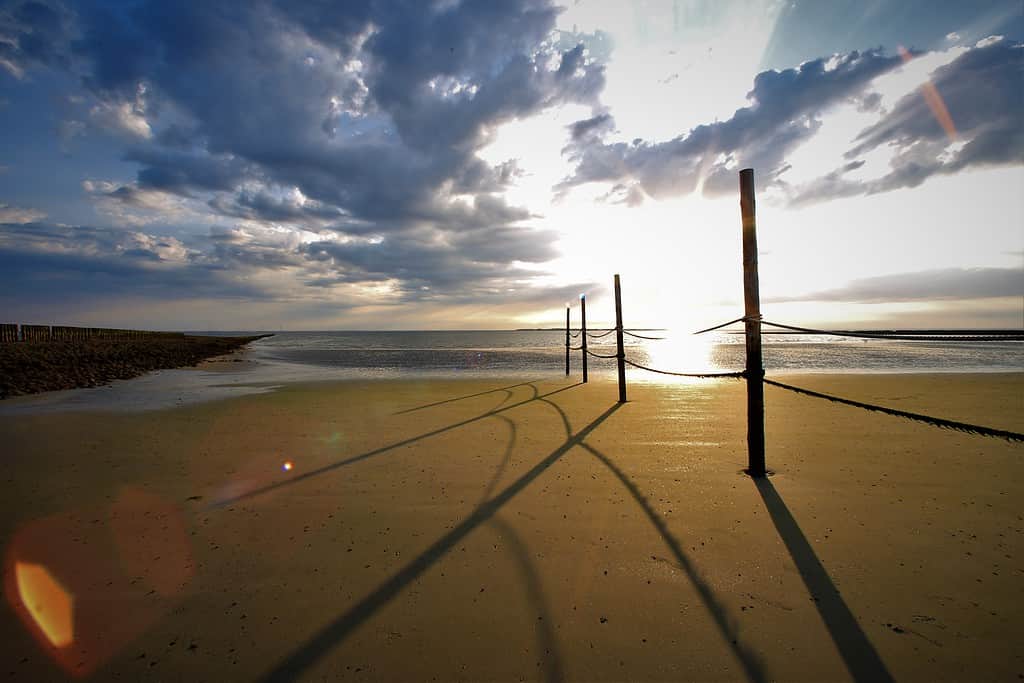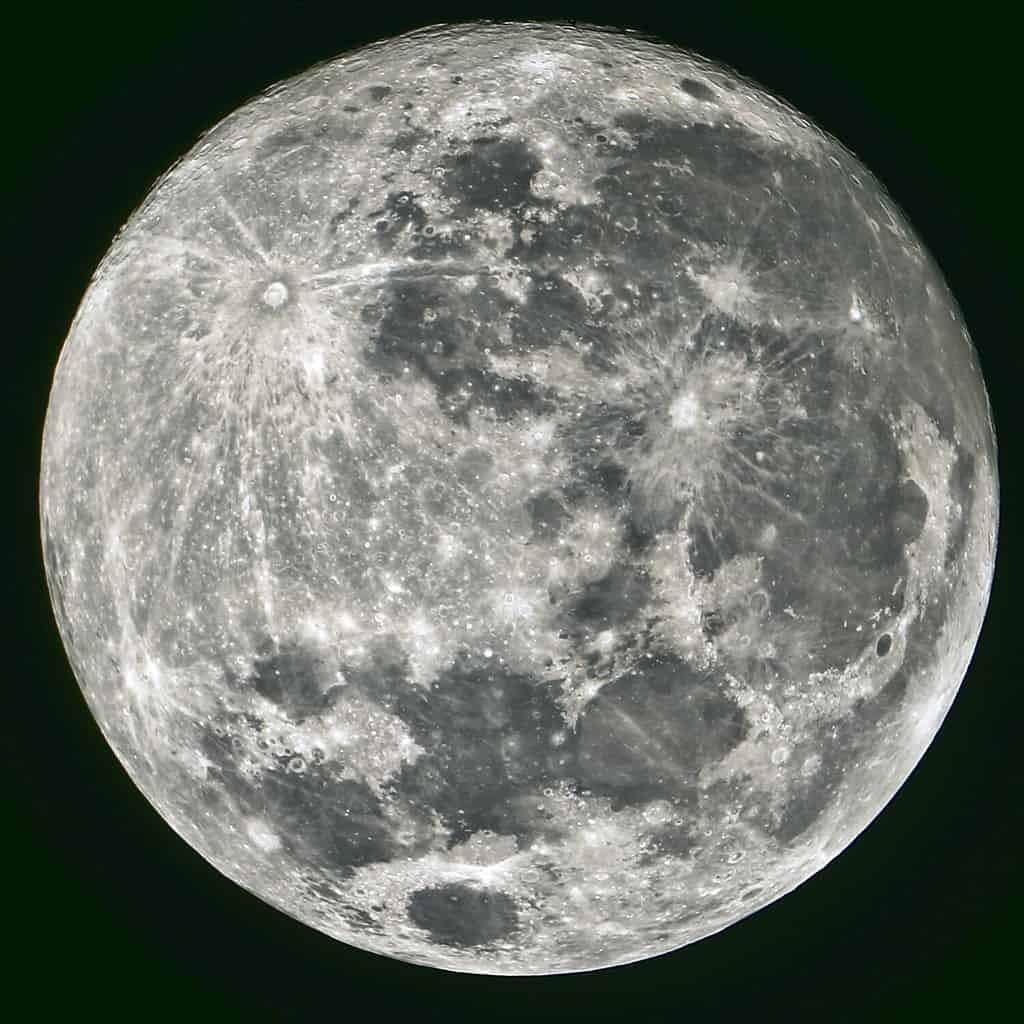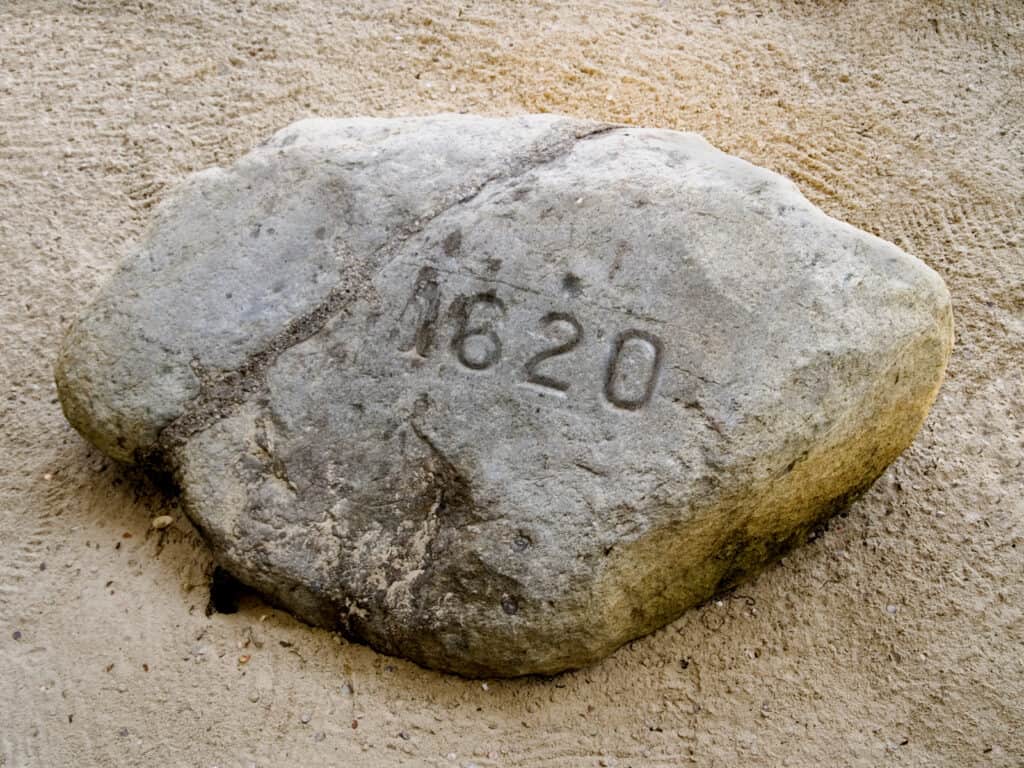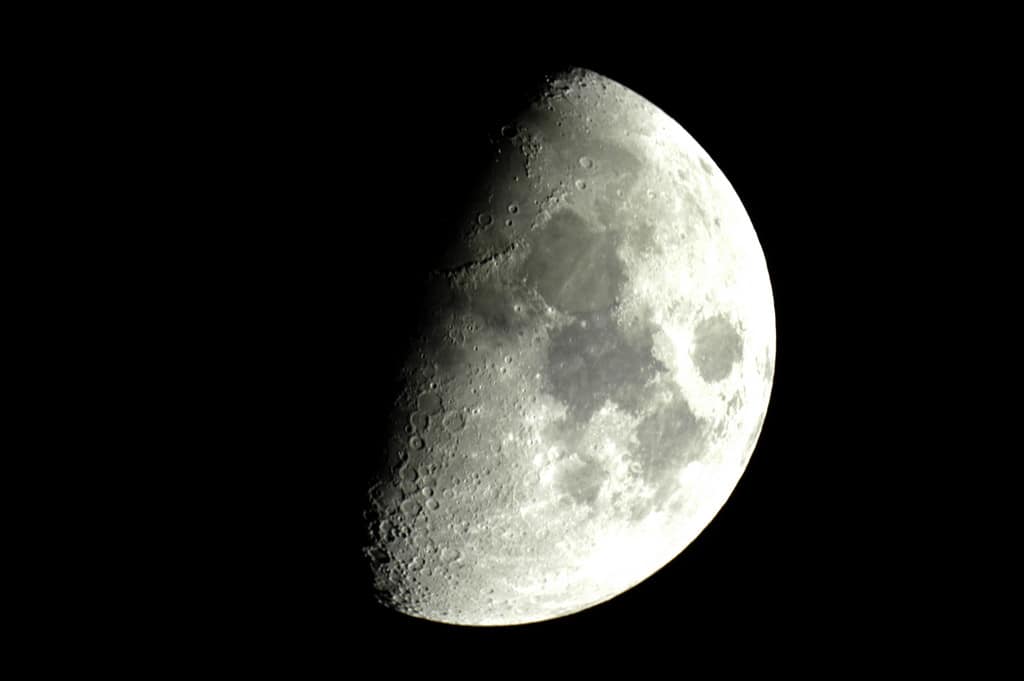Winter Solstice 2023: Exact Date and 20 Amazing Facts
4. The Sun Doesn’t Really Stop Moving

©Elen11/iStock via Getty Images
Some people refer to the winter solstice as “the day sun stands still.” From a certain perspective, it seems that way. Since the sun arrives at its southernmost position on the solstice, it appears to quit moving over the Tropic of Capricorn. Because the sun moves slowly, it seems to remain still for approximately two weeks. Then, the sun seems to begin moving back towards the north.
5. Solstice Shadows

©Jan Pauser/iStock via Getty Images
Go outside at high noon on the day of the winter solstice. Because the sun is at its lowest position in the sky, you’ll cast the longest shadow you have all year. Conversely, the sun at high noon on the summer solstice produces the shortest shadows of the year.
6. No Solstice Full Moon in 2023

©Quaoar/Shutterstock.com
We only get to see the full moon once every 28 days. It’s rare to see a full moon on the winter solstice. In 2023, the moon will be in its waxing gibbous phase with nearly 70 percent illuminated. The last time a full moon shone on the December solstice was in 2010. There won’t be another full moon on the winter solstice until 2094.
7. Pilgrims Arrived at Plymouth Rock on the Winter Solstice

©Suchan/Shutterstock.com
After an arduous sea journey, passengers from the Mayflower landed at Plymouth Rock on December 21, 1620. Out of the Mayflower’s passengers, 41 were Pilgrims seeking a place where they could experience religious freedom without persecution from the Church of England. The remaining 61 people were referred to as “strangers” by the Pilgrims. A London-based trading company, called The Virginia Company, financed the voyage. Shareholders assumed they would be repaid from colonists’ profits after landing in Virginia. However, the Mayflower missed its mark and landed in Massachusetts. In time, the passengers of the Mayflower established themselves as the first permanent European settlements in the New World.
8. A Solstice Trip to the Stars

©Richard Gilder/iStock via Getty Images
Even though we won’t get a full moon on this year’s winter solstice, the moon still plays an important part in the day’s history. In 1968, a three-man crew– Bill Anders, Frank Borman, and Jim Lovell– left Earth from Kennedy Space Center in the Apollo 8 spacecraft on December 21, 1968. It was a proof-of-concept journey. If they could orbit the moon, then American astronauts could land there. On Christmas Eve, Apollo 8 completed 10 lunar orbits before returning home on December 27. The mission was a success, spurring the Apollo space program on to a successful manned moon landing in July 1969.









